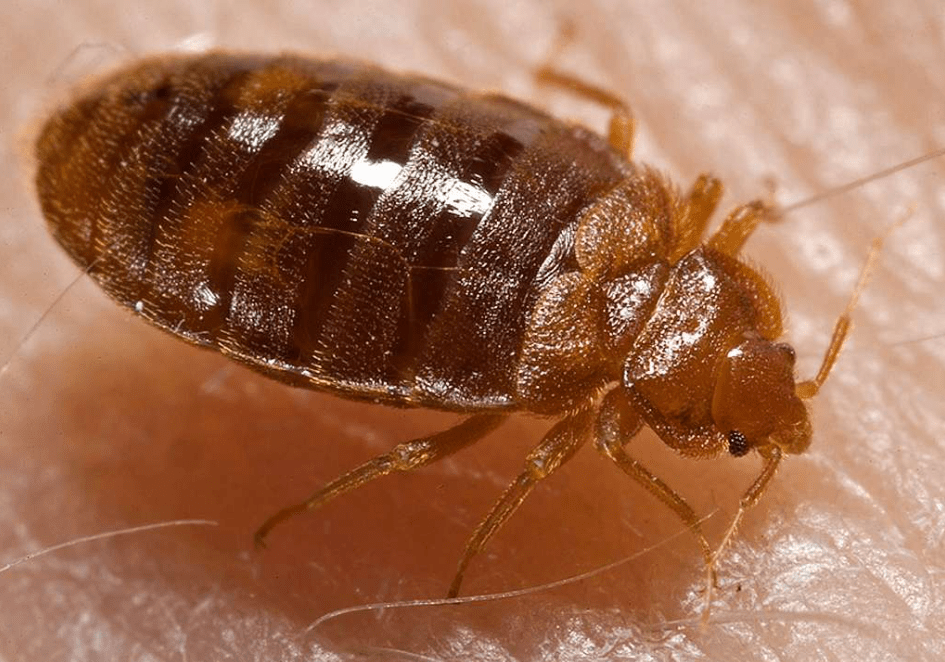
Brrr-inging the Bug Bites: How to Beat Winter Bugs and Their Itchy Attacks
Most of us associate bug bites with warm summer days spent frolicking outdoors. But the truth is, these tiny terrors don’t hibernate all winter! Whether it’s cozy evenings by the fireplace or brisk walks in the frosty air, even wintertime can bring unwelcome encounters with itchy invaders. Don’t let the snow fool you – knowing how to identify winter bug bites, decipher the symptoms, and find relief is crucial for keeping your winter wonderland itch-free!
While many insects become less active in winter, some surprisingly adapt to the cold, seeking warmth and food indoors – your home being a prime target.
When Chills Meet Thrills: Unexpected Winter Biters
Bed Bugs: These nocturnal bloodsuckers thrive in warm, hidden spaces like mattresses, furniture, and behind baseboards. Look for itchy, reddish-brown welts clustered together, often in a zigzag pattern.

Spiders: While many spider species hibernate, some like the brown recluse and black widow remain active year-round, seeking shelter indoors. Their bites can inflict severe pain, redness, and even tissue damage.

Mites: These tiny arachnids, often associated with scabies or dust mites, can cause intense itching, especially around fingers, wrists, and elbows. Red, raised bumps or blisters might appear in these areas.

Did you know certain winter sports like skiing can expose you to bites from rarely encountered critters like snow fleas or chiggers? Be aware of potential risks in your local winter activities. Read more about these unusual winter bites on the Farmers’ Almanac website: https://www.farmersalmanac.com/snow-fleas-29846: https://www.farmersalmanac.com/snow-fleas-29846
Cracking the Code: Winter Bug Bites Symptoms to Watch Out For
Itching: While a hallmark of most bug bites, winter itching can also arise from dry skin or allergies. Watch for localized itching accompanied by other telltale signs like welts or swelling.
Redness and Swelling: While mild redness and swelling are common, severe reactions like rapid spreading or blistering could indicate an infection or allergic response. For more information on identifying and treating insect bites and stings, visit the American Academy of Dermatology page: https://www.aad.org/public/everyday-care/injured-skin/bites: https://www.aad.org/public/everyday-care/injured-skin/bites
Pain and Burning: Certain winter bites, like those from spiders, can cause intense pain and burning sensations that persist or worsen.
When a Winter Bite Needs Medical Attention
Severe Allergic Reactions: Difficulty breathing, wheezing, and swelling of the face or throat require immediate medical attention. The CDC provides detailed information on allergic reactions to insect bites and stings on their website: https://www.cdc.gov/niosh/docs/2010-117/pdfs/2010-117.pdf: https://www.cdc.gov/niosh/docs/2010-117/pdfs/2010-117.pdf
Infected Bites: Pus formation, fever, or spreading redness around the bite indicate a potential infection needing antibiotic treatment. The Mayo Clinic has a helpful page on recognizing and treating infected wounds: https://www.mayoclinichealthsystem.org/services-and-treatments/wound-and-ostomy-care: https://www.mayoclinichealthsystem.org/services-and-treatments/wound-and-ostomy-care
Unidentified Bites: Consulting a doctor ensures proper diagnosis and treatment, especially if symptoms worsen. The American College of Emergency Physicians emphasizes seeking medical attention for unidentified bites: https://www.emergencyphysicians.org/press-releases/2022/7-20-22-emergency-physicians-share-tips-to-identify-and-treat-common-bug-bites: https://www.emergencyphysicians.org/press-releases/2022/7-20-22-emergency-physicians-share-tips-to-identify-and-treat-common-bug-bites
Remember: This article is for informational purposes only and cannot replace professional medical advice. Always consult a healthcare professional if you experience concerning symptoms or have doubts about the cause of your bite.
Winter Warriors Unite: Keeping the Critters at Bay
- Seal up potential entry points: Inspect cracks and crevices around windows, doors, and pipes, and seal them to prevent unwanted guests.
- Declutter your space: Reduce clutter, especially around beds and furniture, where pests can easily hide and breed.
- Regularly wash bedding and linens: Hot water washing and drying of sheets and blankets can help eliminate bed bugs and dust mites.
- Utilize pest control services: Consult a professional pest control company for comprehensive solutions and treatment options tailored to your specific needs.
By staying informed and taking proactive measures, you can navigate the chilly months without unwelcome itchy reminders of your winter encounters. So, embrace the frosty fun, but remember – knowledge is your best weapon against those wintertime bug bites!
Contact Pest Asset (440) 899-2847 or pestasset.com


